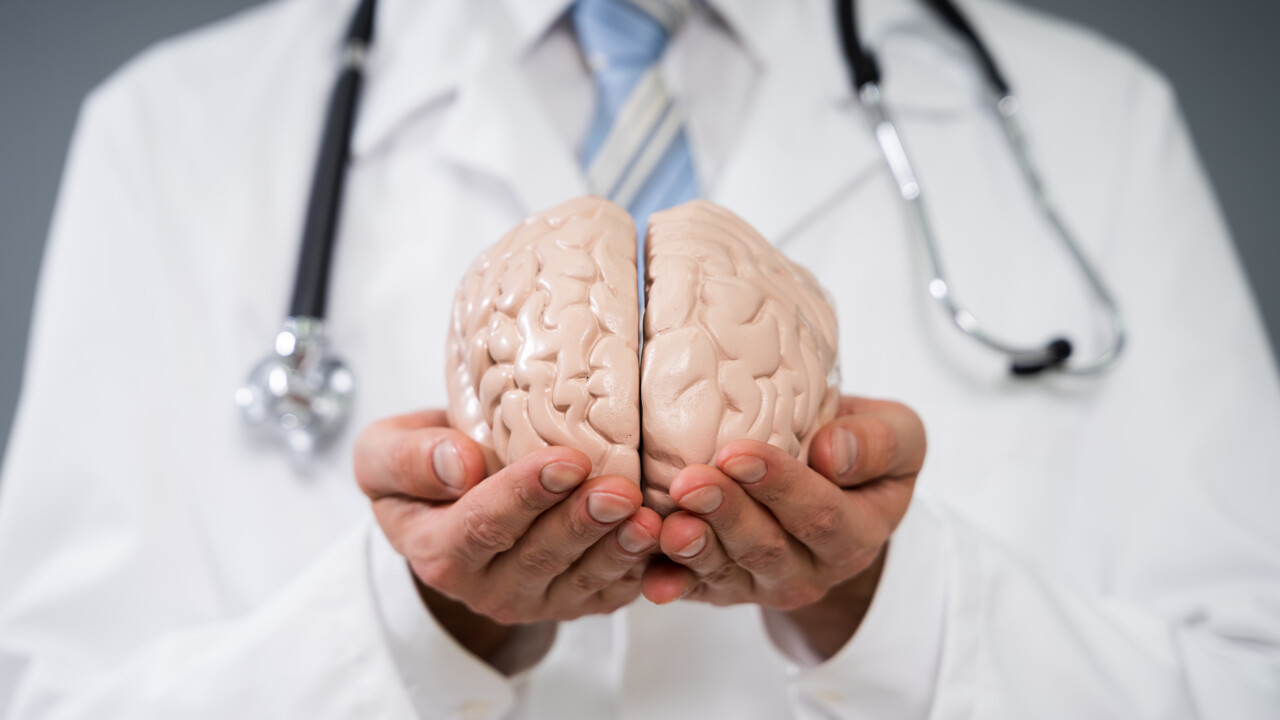Deep Brain Stimulation (DBS), means that one or two electrodes are permanently implanted in different target areas of the brain and in a neural pacemaker that is placed under the skin on the chest. Through continuous electrical stimulation, it is possible to adjust disease-related signaling patterns in the brain and relieve symptoms such as tremors. The traditional target of a tremor, a structure called the thalamus, is not visible on magnetic resonance imaging (MRI). DBS surgery is therefore usually performed for awake tremors, in order to confirm correct electrode placement using test stimulation, among other things.
Previous studies
Several smaller studies have shown that DBS to a new target area, a structure called the caudate zone (cZi), alleviates tremors and improves fine motor skills in patients with Parkinson’s disease and essential tremor. Since the cZi is close to the structures visible on MRI, it is possible to confirm good electrode placement with the help of X-rays, allowing surgery to be performed under general anesthesia. However, these studies were conducted with unblinded evaluations, without a control group and with relatively short follow-up, which limits the scientific strength of the results in these studies.
Very good effect
For the first time, the positive effect of cZi-DBS on motor symptoms and quality of life in patients with Parkinson’s disease has been demonstrated in a randomized, blinded treatment study. cZi-DBS produced a very good effect on tremors, a moderate effect on fine motor skills and improved quality of life.
– In two long-term studies, we saw that tremor was significantly reduced for at least 5 years after surgery for patients with Parkinson’s disease and 10 years for essential tremor. We also analyzed one-year cZi-DBS results for idiopathic tremor and compared patients who underwent surgery while awake with those who underwent surgery under anesthesia and saw similar effects and complications between different surgical approaches, says thesis author Rasmus Stenmark Persson.
Neural pathways involved
-By analyzing the position of the electrode in the brain and creating a simulation of the electric field around the electrodes, we were able to identify which structures were affected by the stimulation. Mapping showed that the stimulation was concentrated in an area including the area incerta and nearby neural pathways from the cerebellum to the thalamus. These neural pathways have previously been shown to be involved in the disease mechanism causing tremor in both Parkinson’s disease and essential essential tremor.
Increase accuracy
The more objectively confirmed effect of cZi-DBS in Parkinson’s disease means that there is now an additional target area to be used for DBS in this disease. For the first time, the effect on tremor has been shown to persist for several years after surgery, even in the case of idiopathic tremor. Besides the similar efficacy between sedated and awake surgery, there are now several advantages to using cZi as a target for DBS rather than the traditional target in the thalamus.
– By performing the operation under general anesthesia, we believe we can increase the accuracy of the operation, possibly reduce complications and improve the surgical experience for patients, says Rasmus Stenmark Persson.
Rasmus Stenmark Persson He grew up in Stensele and Umeå, where he later studied the medical program at Umeå University. After obtaining his medical degree, he began his doctoral studies in the Deep Brain Stimulation Unit at the Head and Neck Neurology Center at Norrland University Hospital. Today he works as a ST in Neurologist at the National University of Singapore.
On Friday 8 December, Rasmus Stenmark Persson, Department of Clinical and Neurosciences at Umeå University, defended his thesis Deep brain stimulation targets the caudal sacral region as a treatment for Parkinson’s disease and essential tremor. The defense will be conducted in English and will be held at 09:00 in Hall B, 9 Stairs, Destination T, Norrland University Hospital.

“Extreme tv maven. Beer fanatic. Friendly bacon fan. Communicator. Wannabe travel expert.”







More Stories
Why Rare Earth Metals for Electric Cars Are Crucial for Modern Mobility
“We want to promote critical rules approach”
“A lot happened during the trip,” Jönköping County Council